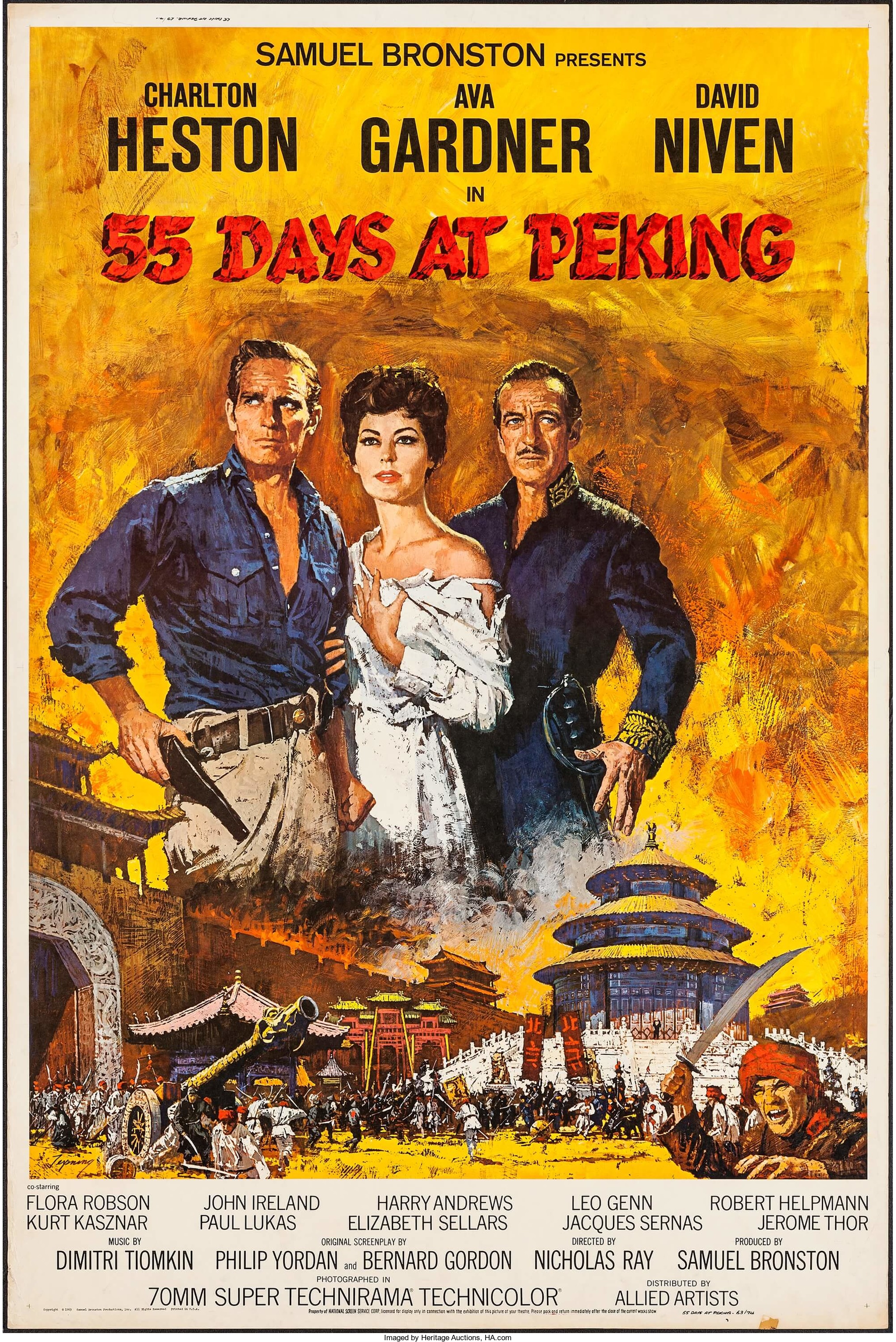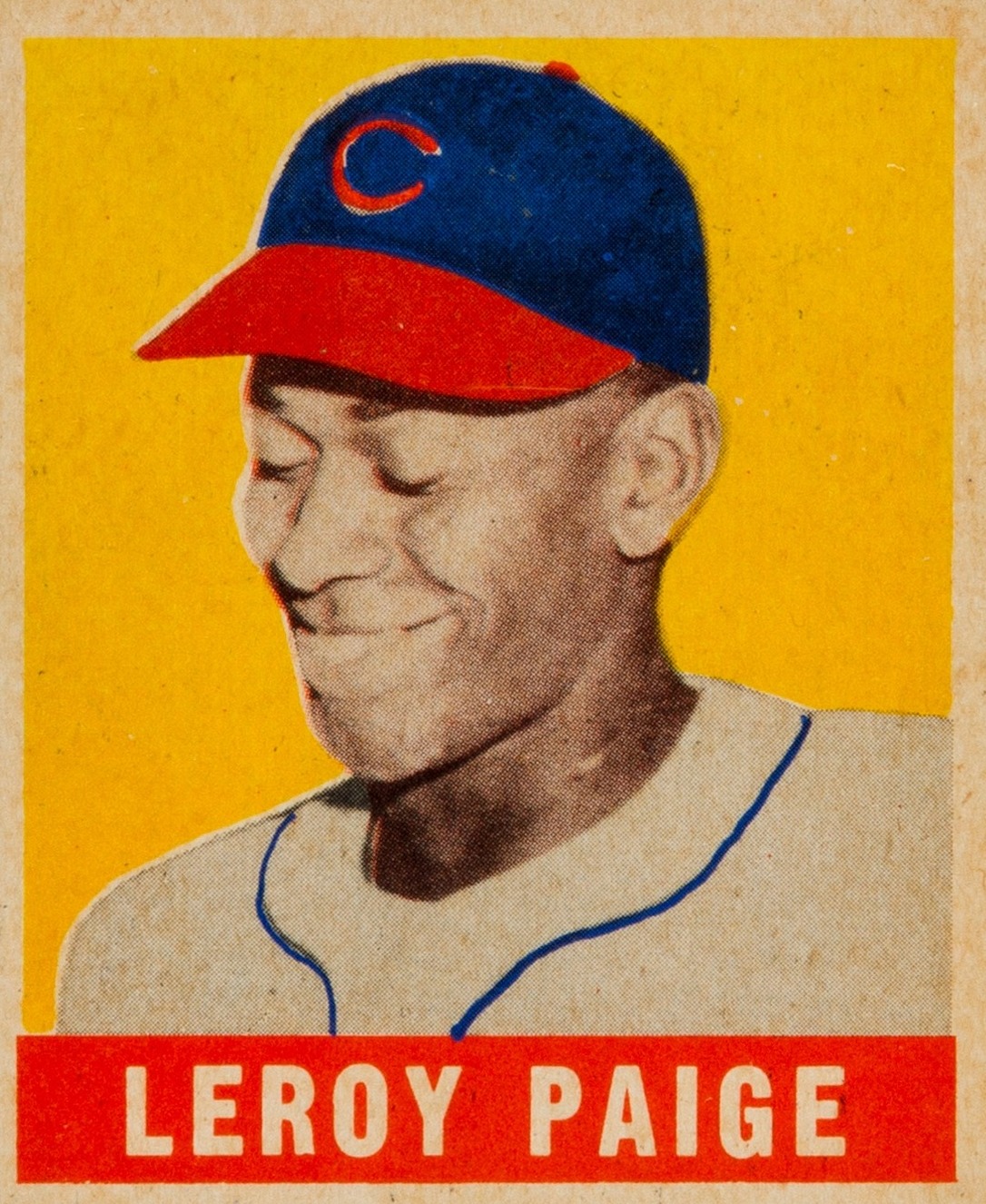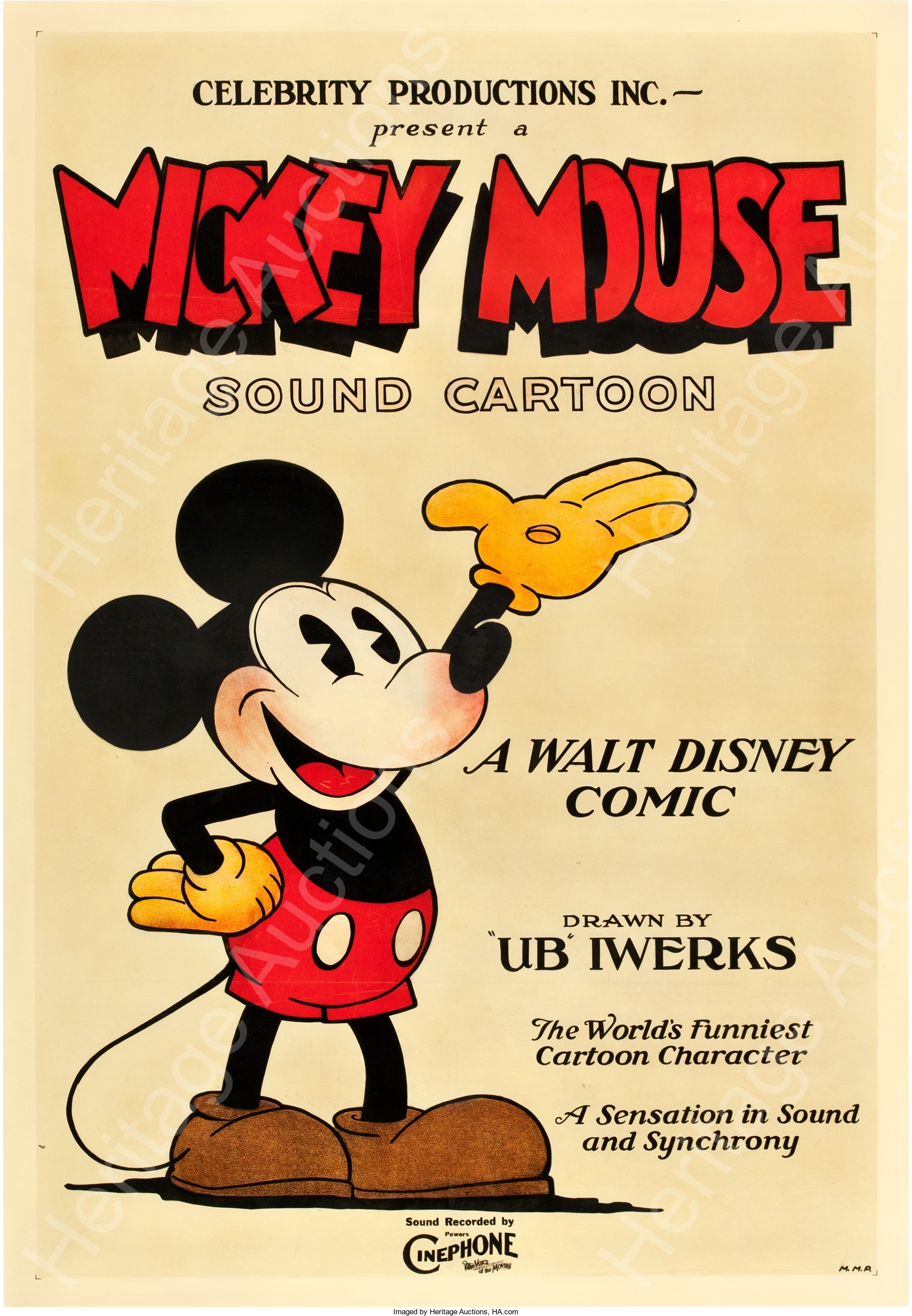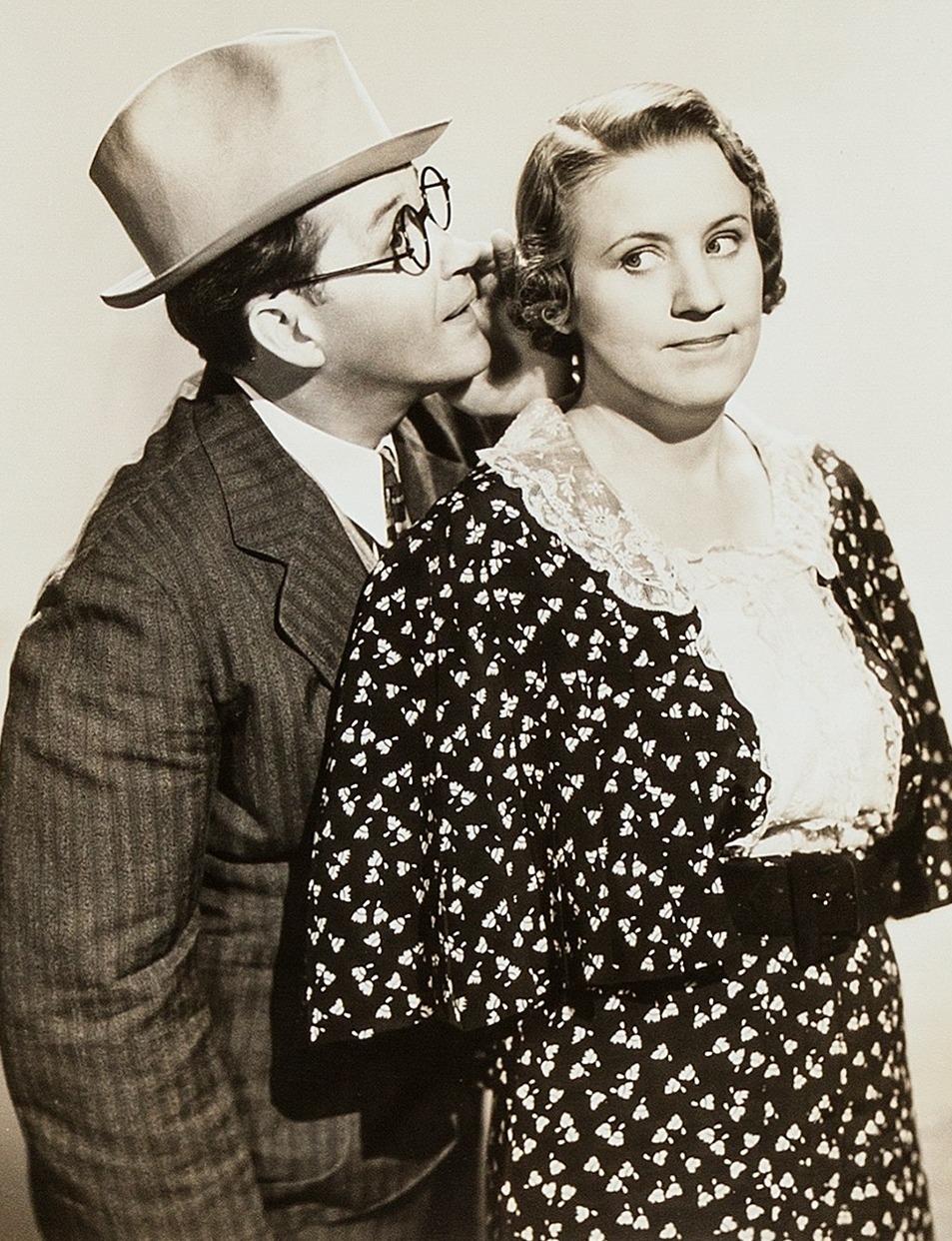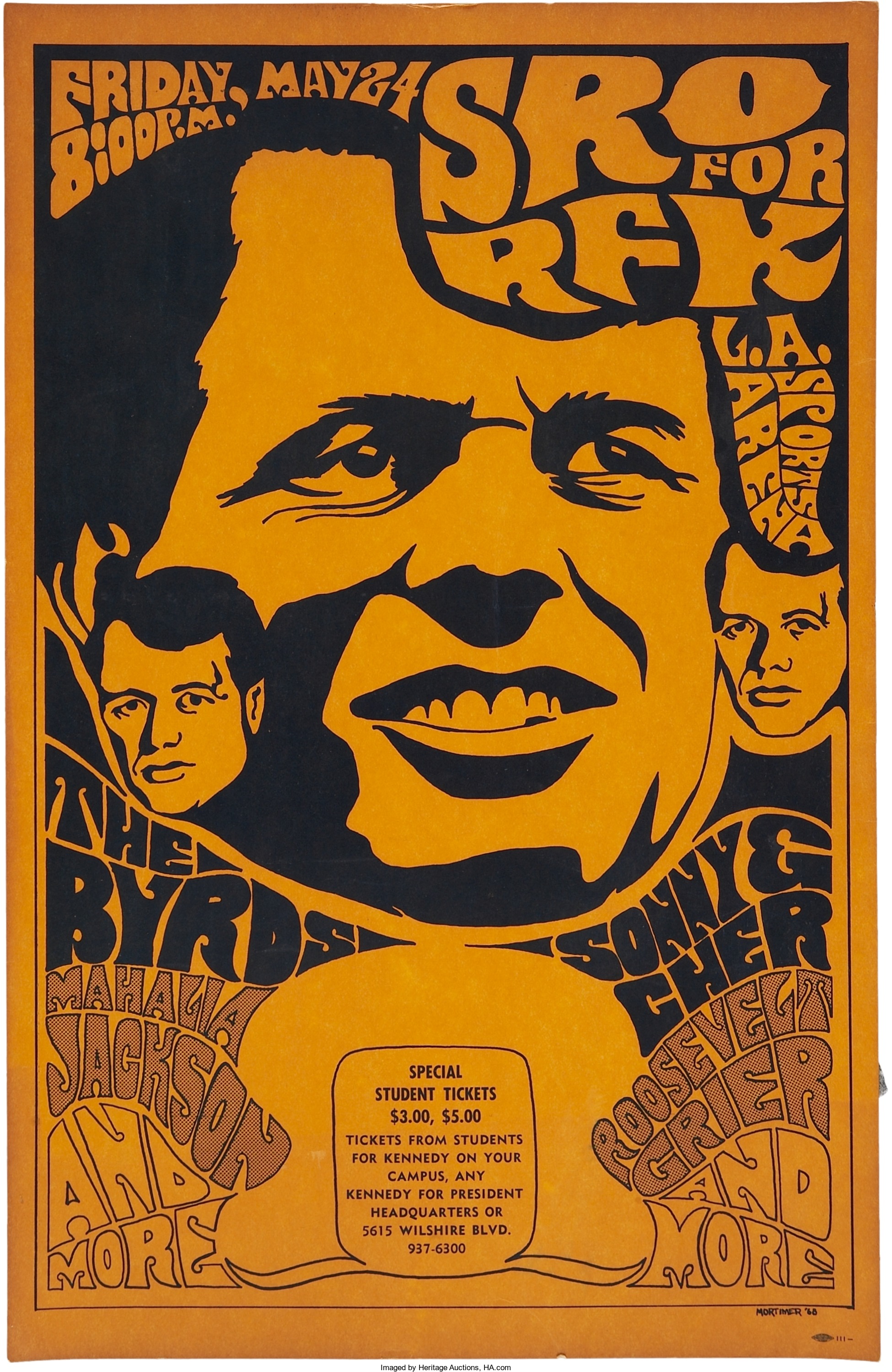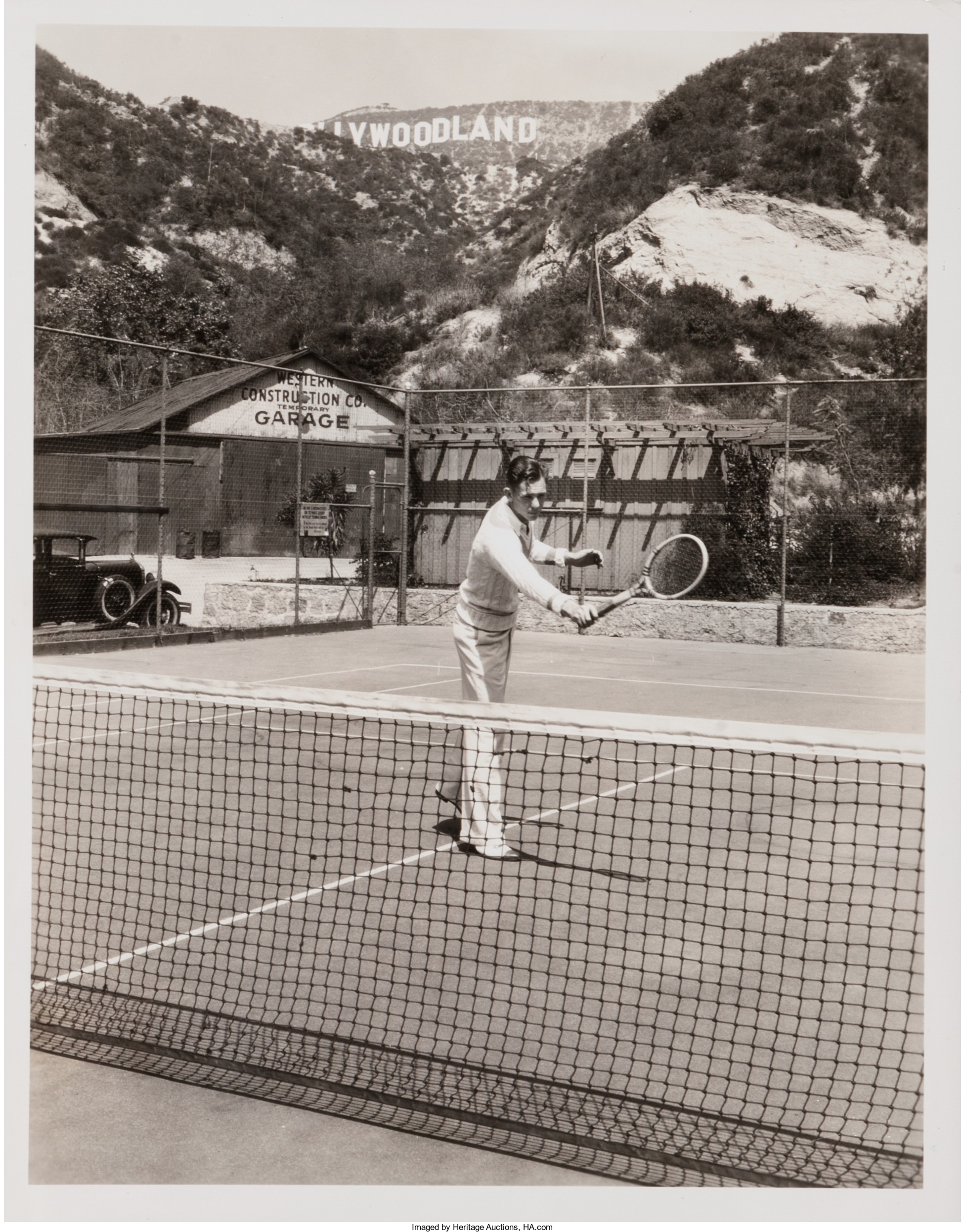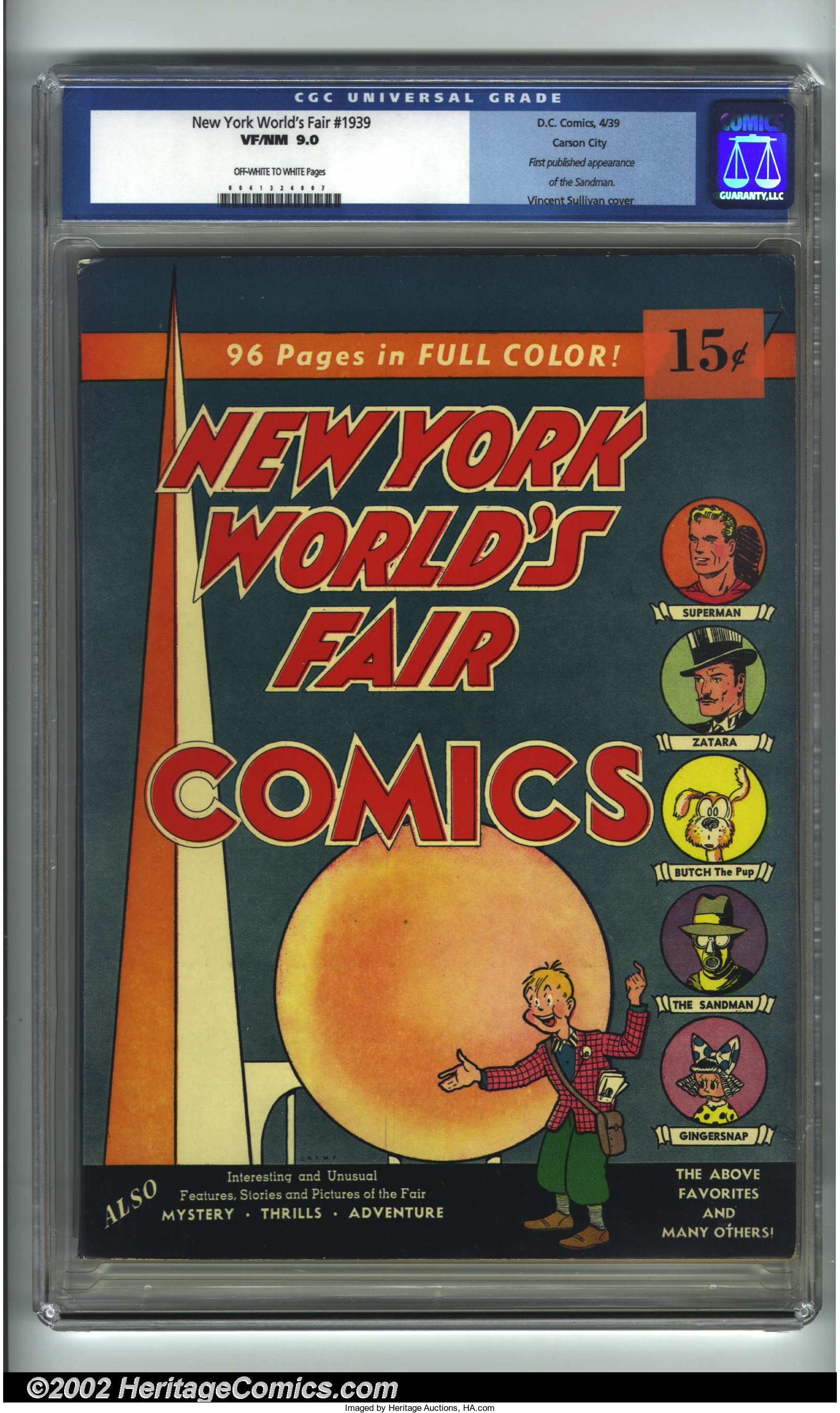
By Jim O’Neal
Spring 1939 was a season of triumph for Europe’s trio of new dictators. Francisco Franco finished up his work in Spain at a cost of 1 million dead. Benito Mussolini seized Albania and Adolf Hitler marched unopposed into Prague and claimed the rest of Czechoslovakia. Neville Chamberlain and his Munich Pact would be enshrined in the hall of naïveté for eternity. Another diplomatic fantasy dashed.
War fever was ratcheted up a notch, but most of the world pretended not to notice.
In the United States, people sought escape in entertainment, particularly in New York, where the flashy World’s Fair offered them a glimpse into “The World of Tomorrow.” The pavilions of 33 states, 58 countries (minus Nazi Germany) and 1,300 companies filled the imaginations of visitors with modern marvels like television, nylons, robots and man-made electricity.
The popular General Motors “Futurama” exhibit drew 28,000 visitors daily and featured their vision of life in 1960, where everyone would be fit and tan, take two-month vacations and drive cars powered by “liquid air.” Visitors left with a button reading “I have seen the future” — wandering the 1,200 acres like members of a congregation that had witnessed a divine miracle.
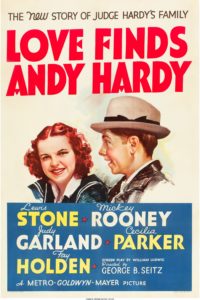
In June, the King and Queen of England came to America and their parade in New York attracted over 3 million people (second only to Charles Lindbergh) and another 600,000 in Washington, D.C. Eleanor Roosevelt famously served them genuine American hot dogs when they finally made it to the White House.
Fantasy also reigned at the movies, where Walt Disney in 1937 introduced his first full-length cartoon, Snow White and the Seven Dwarfs, and was hard at work on an animated paean to classical music, Fantasia. But the hottest box-office draw in 1938 was the freckle-faced teenager Mickey Rooney and his small-town exploits as Andy Hardy. Then came the most anticipated event in movie history, the premiere of Gone with the Wind and its epic romance in Civil War Georgia.
Awash in fairy tales and cartoons, science-fiction and nostalgia, people had little patience for bad news. However, when it started, there seemed to be no end. A surprise agreement between Germany and the Soviet Union and on Sept. 1, 1939, the killing began. After a faked Polish invasion of Germany, they unleashed 1½ million German soldiers in “response,” backed up by the most powerful war machine ever known to man.
Fantasy time had ended.
 Intelligent Collector blogger JIM O’NEAL is an avid collector and history buff. He is President and CEO of Frito-Lay International [retired] and earlier served as Chairman and CEO of PepsiCo Restaurants International [KFC Pizza Hut and Taco Bell].
Intelligent Collector blogger JIM O’NEAL is an avid collector and history buff. He is President and CEO of Frito-Lay International [retired] and earlier served as Chairman and CEO of PepsiCo Restaurants International [KFC Pizza Hut and Taco Bell].

